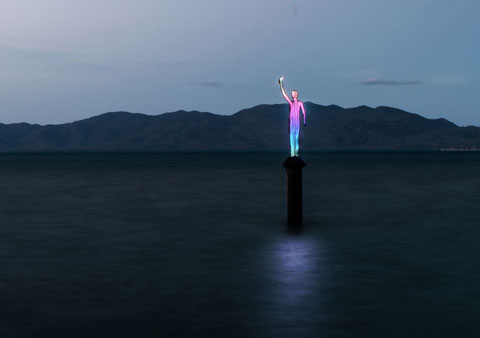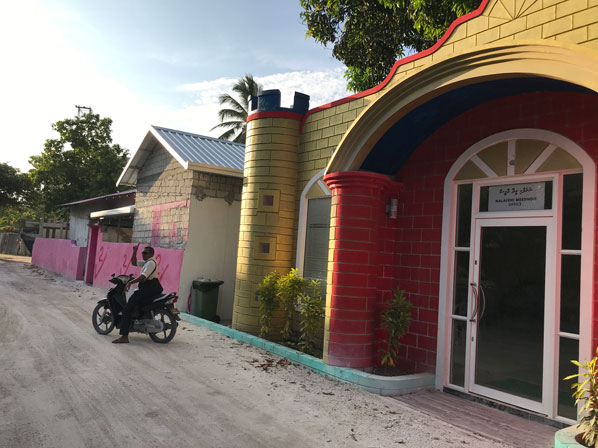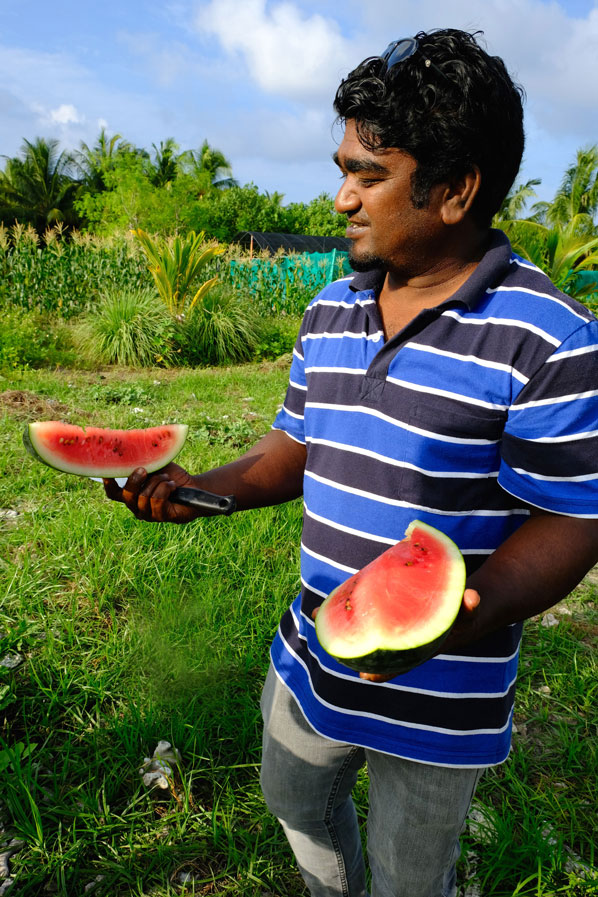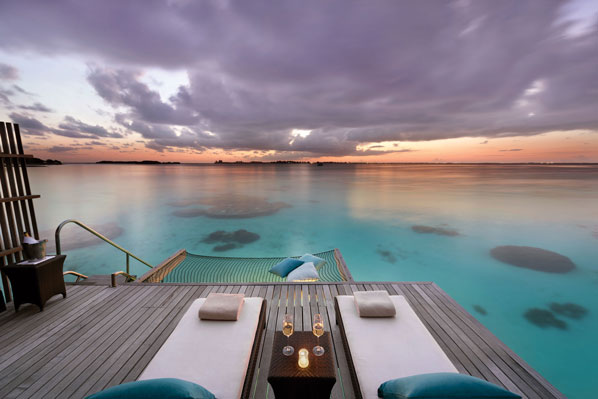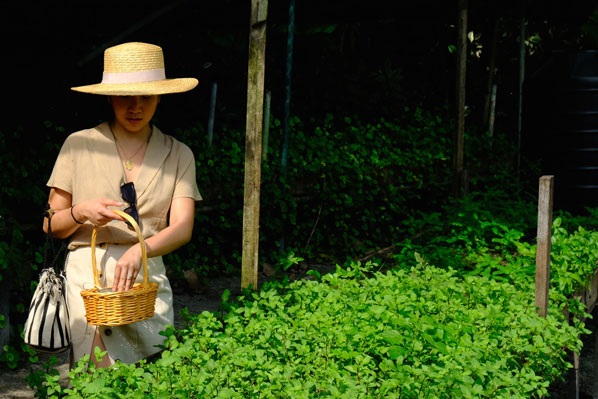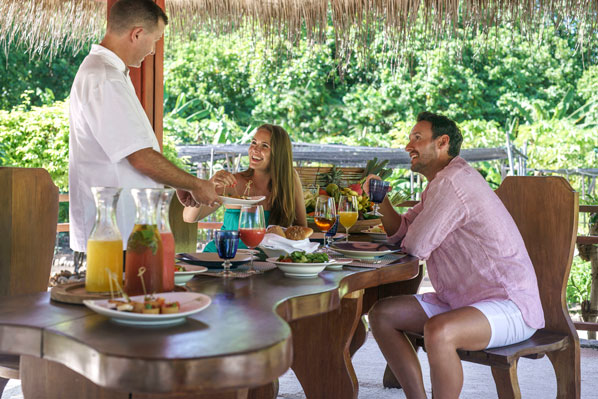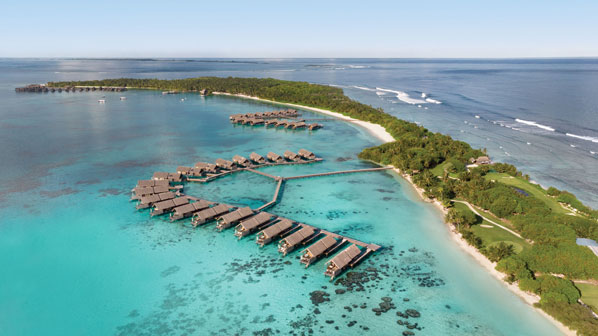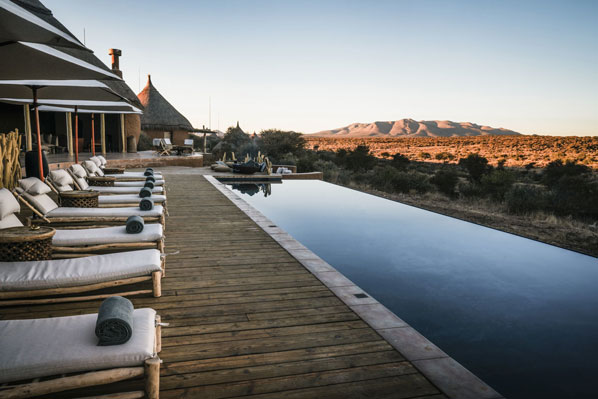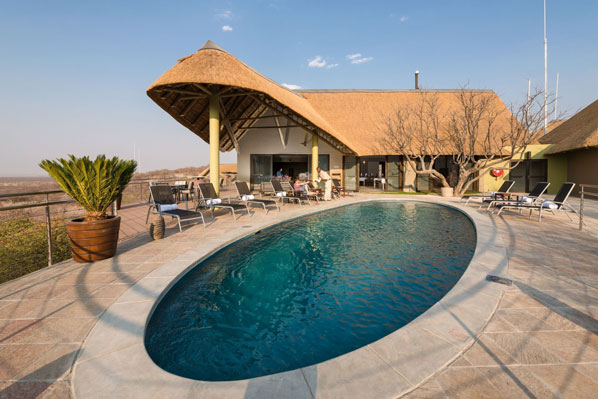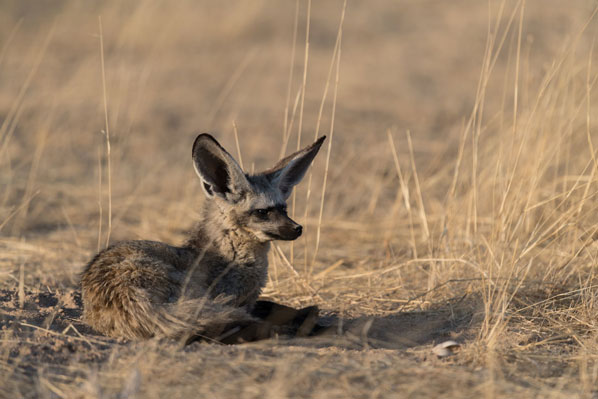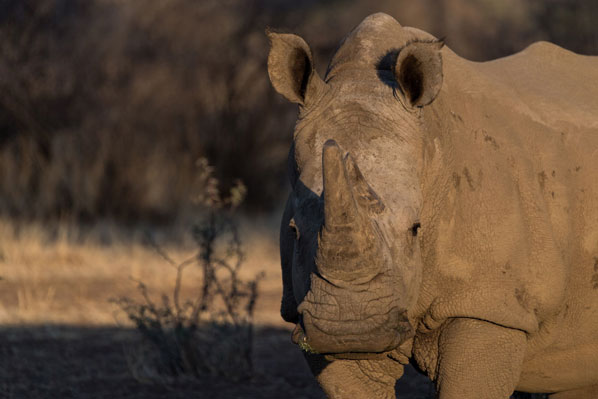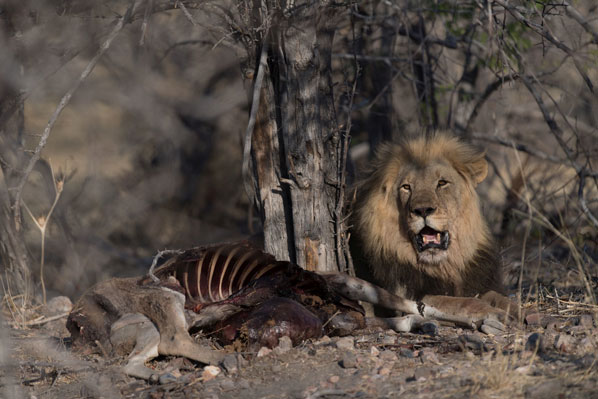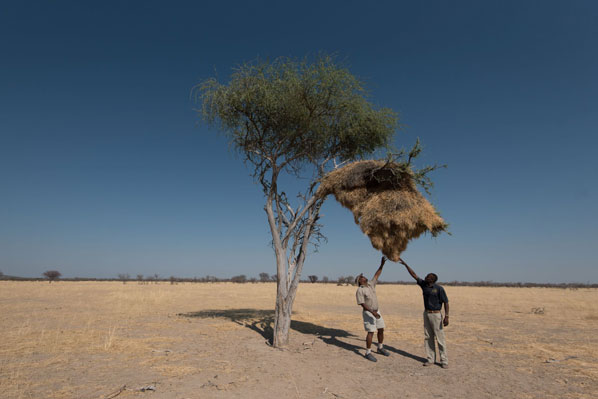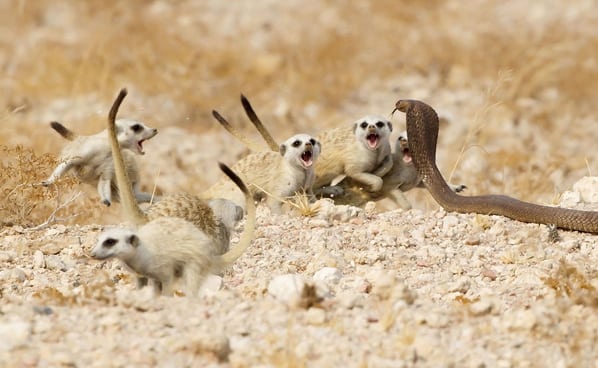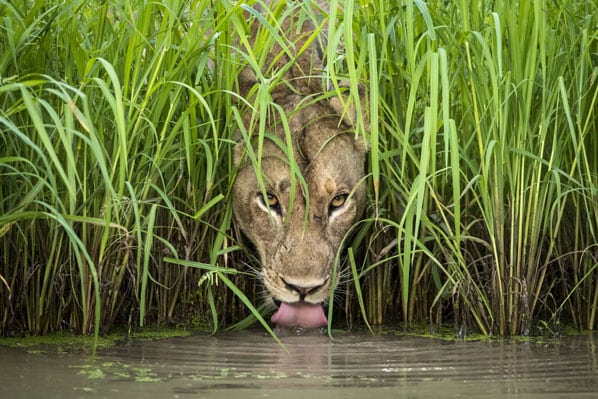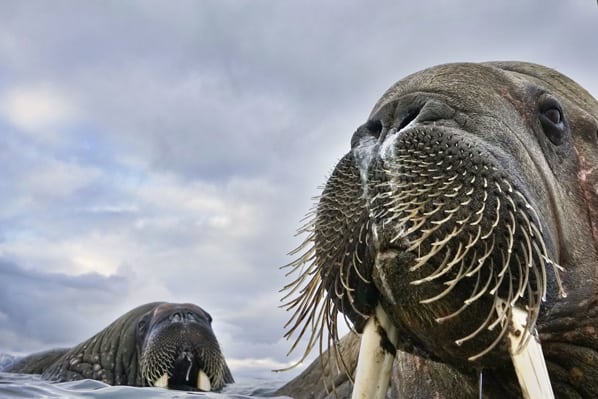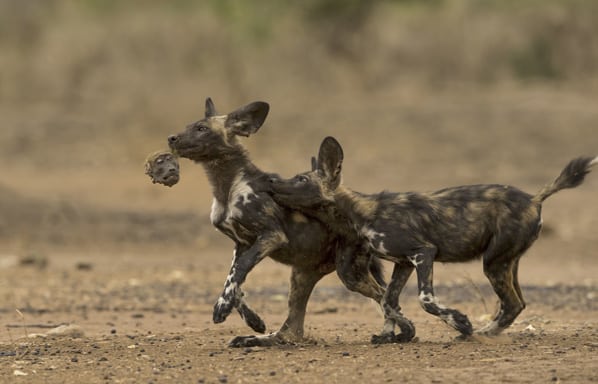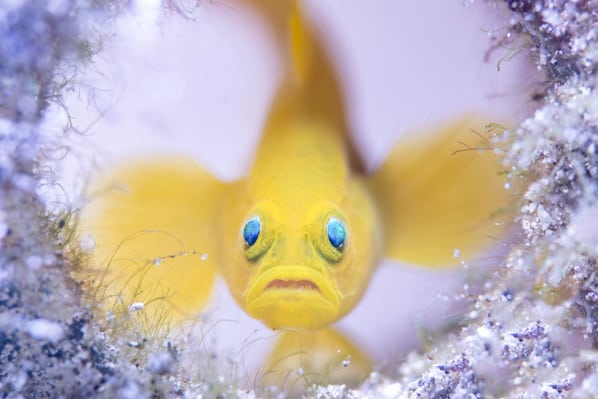Sarah Marshall looks at wild and wonderful ways to connect with marine environments.
Moved by the moon and animated by solar heat, five vast bodies of water ebb and flow around earth, constantly moving, evolving and fuelling scientific thought.
But the unfathomable abyss is more familiar than we think.
Although each ocean has its own distinct characteristics and inhabitant creatures, together they form one immense aquatic jigsaw, playing a crucial role in shaping our everyday lives. What once divided terrestrial explorers now connects global cultures; below the surface, extreme depth organisms are helping microbiologists in their fight against Covid-19.
Intrepid voyages, snorkelling holidays and shore-side excursions help travellers make sense of our blue planet, promising new discoveries and delights along the way.
A rallying call for conservation efforts, World Oceans Day on Monday, June 8, is also a reminder to celebrate marine ecosystems and respect their power; a nudge, once travel resumes, to dive straight back in.
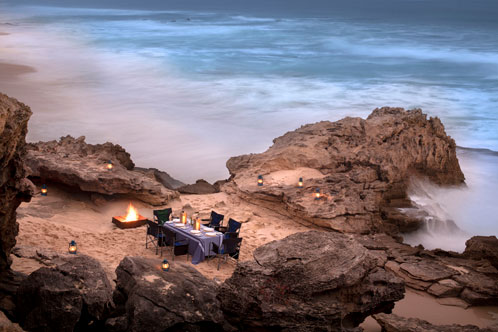
De Hoop Reserve, South Africa, Indian Ocean
Those struggling to find their sea legs can still dip into the big blue without even getting their toes wet. Every year, from June to November, southern right whales cruise South Africa’s eastern coastline to mate and calve, close to shore in a protected marine reserve. De Hoop is regarded as one of the planet’s top spots for land-based whale watching, where onlookers can snuggle into the dunes while these ocean giants breach and blow. Clinging to a clifftop, Lekkerwater Beach Lodge has the ideal vantage point: sit and observe from the communal deck, or even the foot of your bed.
How: Stays from £300pp per night. Visit naturalselection.travel.
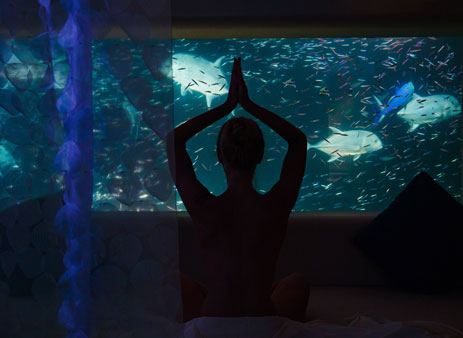
Huvafen Fushi, The Maldives, Indian Ocean
It’s possible to drink, dine and dream underwater in sub-surface restaurants and resort rooms. At Huvafen Fushi in the North Male Atoll, you can even get a massage amidst schools of reef sharks and brightly coloured butterfly fish. Once the pampering is over, guests can come back at dusk for a night tour of the SpaQuarium, when the ocean explodes with life. Marine biologists shed a blue light on the marine environment, allowing algae to brightly fluoresce with more neon than the Vegas Strip in full swing.
How: Elegant Resorts (01244 897 505; elegantresorts.co.uk) offers seven nights from £3,300 per person, half-board, including flights. Valid for travel until October 31.
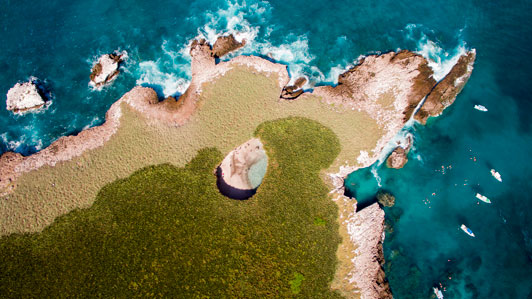
Marietas Islands, Mexico, Pacific Ocean
Nature is a masterful architect, but sometimes man-made interference can have dramatic results. Nicknamed the ‘hidden beach’, a water-lapped shore appears to sit at the bottom of a sun-filled crater on this Unesco-recognised archipelago along Mexico’s Riviera Nayarit. Some say the opening was created by volcanic activity, although it’s rumoured a bomb was responsible, possibly during military testing carried out since the 1900s and finally banished by a public outcry in the 1960s led by conservationist Jacques Cousteau. Once overrun by selfie-seekers, the site is now restricted to 117 visitors per day, each given a 20-minute snorkelling slot.
How: Love Holidays (loveholidays.com) offers seven nights at the four-star Marival Emotions Resort & Suites on an all-inclusive basis in Nuevo Vallarta, Riviera Nayarit from £1,307pp. Includes flights from Manchester on February 3, 2021.
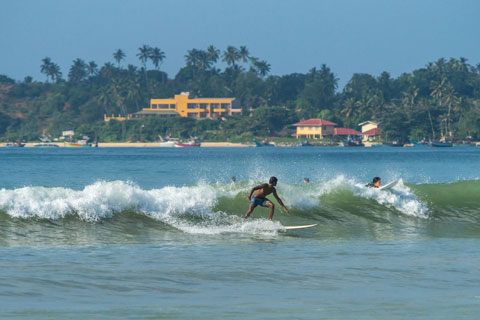
Cape Weligama, Sri Lanka, Indian Ocean
There’s no better way to feel the force of the ocean than by riding its waves. Sri Lanka’s surf scene benefits from warm currents in the Indian Ocean, and you don’t need to be a pro to tackle the swells. A 30-minute drive from Galle, this seaside Resplendent Ceylon property allows guests to literally fall out of bed on to the beach – perfect for a surfer’s early starts – and benefits from the largest variety of breaks along the south coast. Guests of all levels can take tuition from yoga and surf specialists, Ceylon Sliders.
How: Abercrombie & Kent (01242 547 760; abercrombiekent.co.uk) offers a seven-night B&B stay from £2,250pp, including flights and transfers.
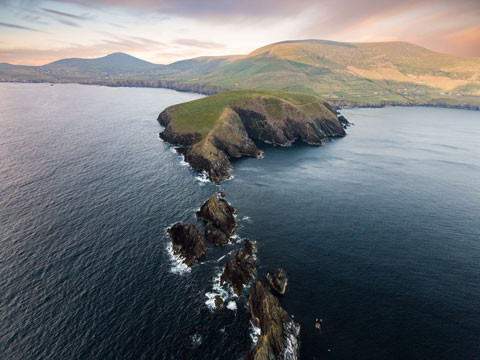
Dingle Peninsula, Ireland, Atlantic Ocean
Waves rolling from several continents hit Ireland’s west coast: from here, the emerald isle tips into deep blue. Steep, jagged cliffs shield the peninsula from waves and provide a viewpoint to study seals, puffins and dolphins; or for a more intimate experience, hop on a RIB boat with Dingle Sea Safari, who lead early morning, two-hour tours in search of Fungie, a wild bottlenose dolphin who has lived in Dingle Bay for 30 years. There’s even a chance to get in the water for a swim.
How: Tours cost from E45/£40 per person. Wetsuits for swims must be booked in advance. Visit dingleseasafari.com. Stay at the Dingle Skellig Hotel (+353 66 915 0200; dingleskellig.com) from £160 per night B&B.
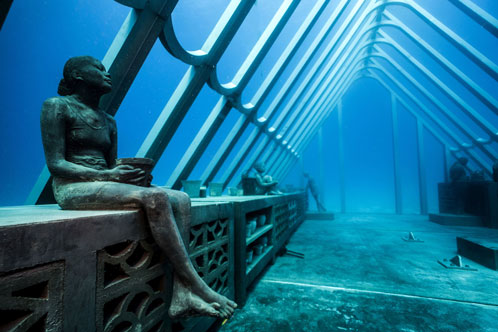
Great Barrier Reef, Queensland, Australia, Pacific Ocean
Arguably, there’s enough amusement along the world’s largest coral reef system to keep visitors occupied. But a new installation, fully launching next year, aims to entertain and educate. The Museum Of Underwater Art will feature a series of sub-aquatic galleries situated across Townsville, Magnetic Island, Palm Island and the John Brewer Reef, aiming to raise environmental awareness and teach people about marine ecosystems. Designed by UK-based underwater sculptor Jason deCaires Taylor, exhibits will include an underwater greenhouse with sculptures propagating coral.
How: Travelbag (020 7001 4112; travelbag.co.uk) offers a 13-night trip to Townsville and the Reef from £1,899pp, including flights from London in March 2021.
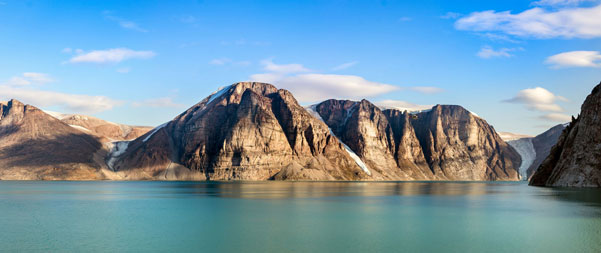
Baffin Island, Canadian Arctic, Arctic Ocean
One of the longest quests in maritime history, the search for a northwest trade passage between the Pacific and Atlantic oceans eluded explorers for 300 years. Arctic veteran Sir John Franklin set off on his own doomed voyage in 1845, and only in recent years were his two ships recovered from the ice. Fortunately, conditions are now much safer, allowing tourists to sail through the Canadian Arctic and remote Baffin Island, encountering Innuit culture and hardy wildlife whilst unravelling one of polar history’s greatest mysteries.
How: Intrepid (intrepidtravel.com) offer a 17-day In Northwest Passage: The Footsteps Of Franklin voyage from £13,200pp (triple share), excluding international flights. Departs August 2, 2021.
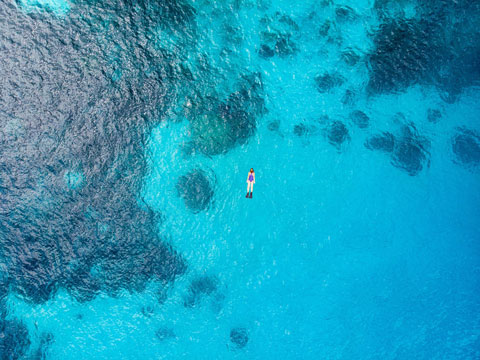
Raja Ampat and The Spice Islands, Indonesia, Pacific Ocean
Next year marks the 500th anniversary of Magellan’s circumnavigation of the globe, which dispelled a common fear sailors might fall off the edge if they travelled too far. The Portuguese explorer’s voyage ended in Indonesia’s Spice Islands, the exclusive source of highly-coveted nutmeg, mace and cloves. The archipelago neighbours Raja Ampat, a chain of tropical jewels coiled in a watery treasure chest: from manta rays to pygmy seahorses, divers can revel in some of the greatest marine biodiversity on earth.
How: Steppes Travel (01285 601 784; steppestravel.com) tailor-make an eight-day cruise of Raja Ampat and the Spice Islands from £4,500, excluding international flights.
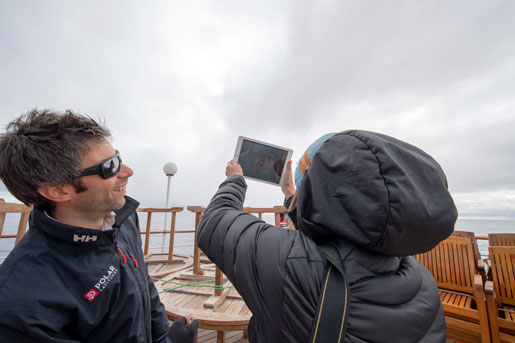
South Georgia, Falklands and Antarctica, Southern Ocean
It’s often hard to draw connections between our land-locked actions and the big blue world, but human activity has hugely impacted the nature of our oceans. Nowhere is that more evident than the polar regions, where ice is disappearing rapidly and melting freshwater glaciers are diluting the salinity of seas. An essential take-away from visiting these fragile destinations is an understanding of what’s really going on. Many expedition ships now offer citizen science programmes, measuring cloud formations, collecting water samples and counting whale flukes. Findings contribute to bigger research programmes and a better public grip on climate change.
How: Polar Latitudes (polar-latitudes.com) are leaders in this field. Their 21-day Falklands, South Georgia and Antarctica costs from £12,750pp, including flights, through Swoop Antarctica (0117 369 0696; swoop-antarctica.com). Departs January 19, 2021.

